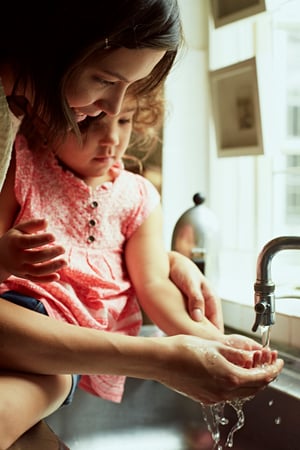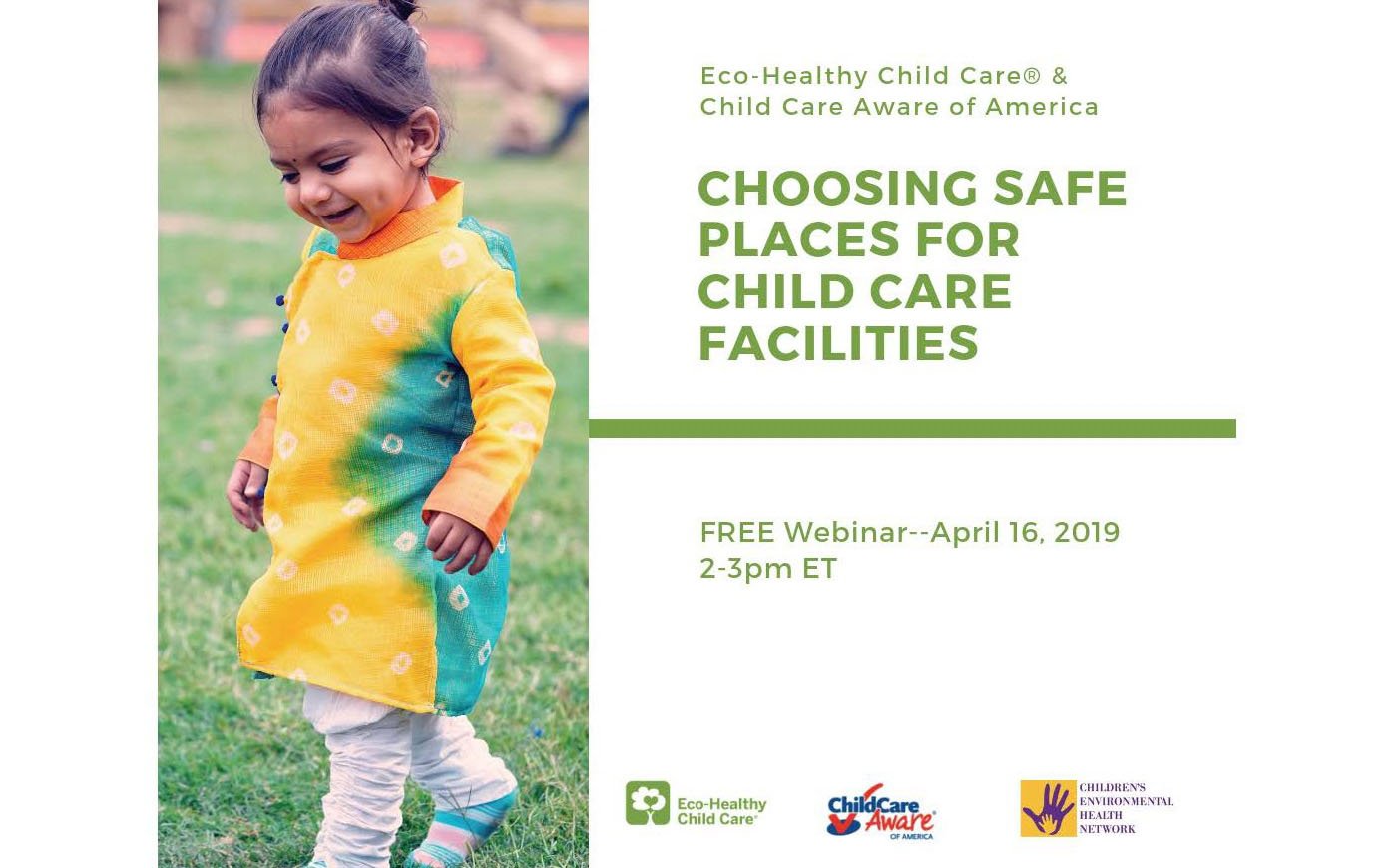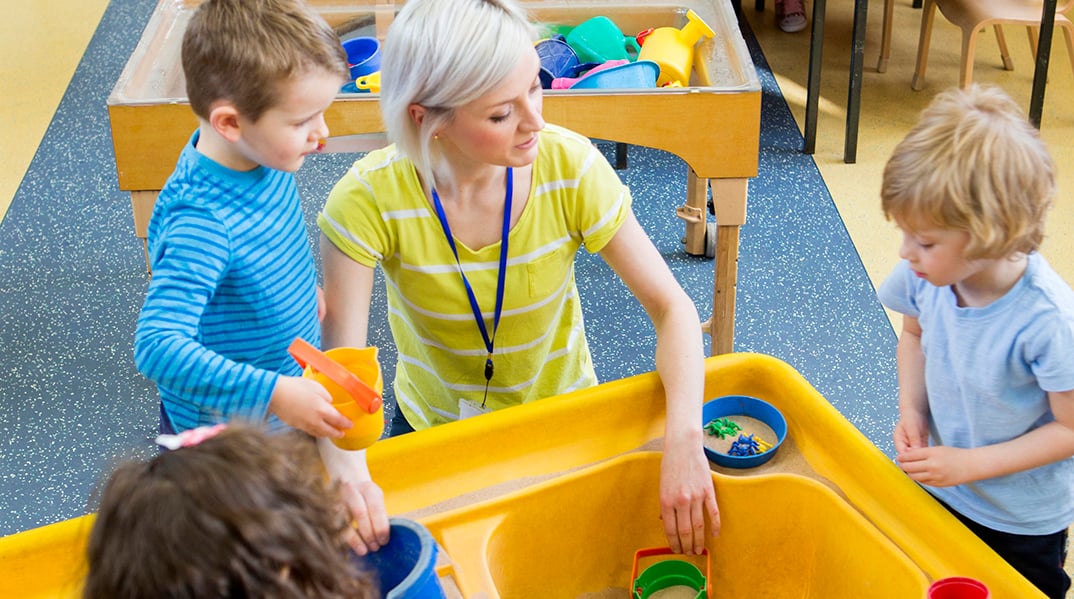
Keeping child care facilities clean and free of pests is one of the most important things we can do to prevent diseases from spreading. The challenge is that chemicals that providers use for cleaning and pest control are often toxic. And while that might be common knowledge for some, not everyone knows about the risks some cleaners can cause. Also, many of the cleaners that are more toxic are inexpensive, making them fast and easy choices for businesses and low-income families.
The Child Care and Development Block Grant has requirements around handing and storing hazardous materials. If providers are using ammonia to clean or rat poison to keep pests away, they need to make sure those chemicals are locked away and out of reach.
But what if we also helped providers reduce their use of chemicals overall?
Below are several ideas to incorporate into trainings or even tip sheets. These ideas explain how programs can meet sanitation and hazardous material safety requirements while minimizing the health risks of chemical exposure.
PROBLEM #1
Everyday household cleaners can harm children’s health. Ingesting these cleaners can lead to poisoning and touching them can result in chemical burns. The rules around safe chemical storage exist to prevent such injuries. But many household cleaners can affect children’s health even if there’s no direct exposure. The lingering presence of aerosol sprays like carpet cleaner and furniture polish can trigger allergies and asthma attacks. Some fragrances that are added to detergents, bleach and all-purpose cleaners can affect children’s developing brains and endocrine systems.
SOLUTION #1
Child care providers can choose safer cleaning products. For everyday cleaning, providers should choose products that are certified as environmentally-friendly. These products clean just as well, but are less likely to irritate children’s sensitive skin, eyes and lungs.
For sanitizing and disinfecting surfaces, diluted bleach solutions are often the safest way to go. Providers should use low-concentration, unscented household bleach that is registered with the U.S. Environmental Protection Agency (EPA). They should also handle bleach away from children and make sure that the final concentration is not too high, since strong bleach fumes can affect children’s breathing.

PROBLEM #2
Many pest control chemicals, like rat poison, can be deadly if children ingest them. Breathing in and touching insect repellants or pesticide residue can also affect children’s health. Family child care providers and centers that are in older building may have more risk for more pests.
SOLUTION #2
Providers should use safer chemicals to control pests, or stop using chemicals altogether if possible. Thankfully there are a lot of non-chemical pest control options. Integrated Pest Management (IPM) is an approach that minimizes the use of toxic pesticides. The IPM approach keeps pests away by making it more difficult for them to live in the places you want to keep pest-free. Removing standing water to discourage mosquitos and tightly covering garbage cans to stop rats are both examples of IPM strategies.
So, what can CCR&Rs do?
- Tune into our live webinar event, April 1. Learn what is being done by the Agency for Toxic Substances and Disease Registry and its state health department allies to ensure that child care facilities are located in safe places. Register now!
- Add questions about cleaning products and pest management to your checklist for families to take along on visits to child care facilities. Explain why these topics matter and what parents should look for when it comes to hazardous material safety.
- Have resources for programs on healthier cleaning options at the ready during trainings and on your website. That way providers can make the best choice for their program without having to search around on their own.
- Include information on IPM and environmentally-friendly cleaning practices for child care providers. Or, if your state is ready, develop a separate training on the topics. Training on this topic could fit well at higher levels in your state’s professional development ladder. Make sure you offer trainings to those programs who may need additional support because of the age of their building.
- Advocate for including environmentally-friendly standards in your state’s Quality Rating and Improvement System. The Children’s Environmental Health Network has standards and technical assistance resources that CCR&Rs can promote and use to support providers in reaching higher quality levels.






